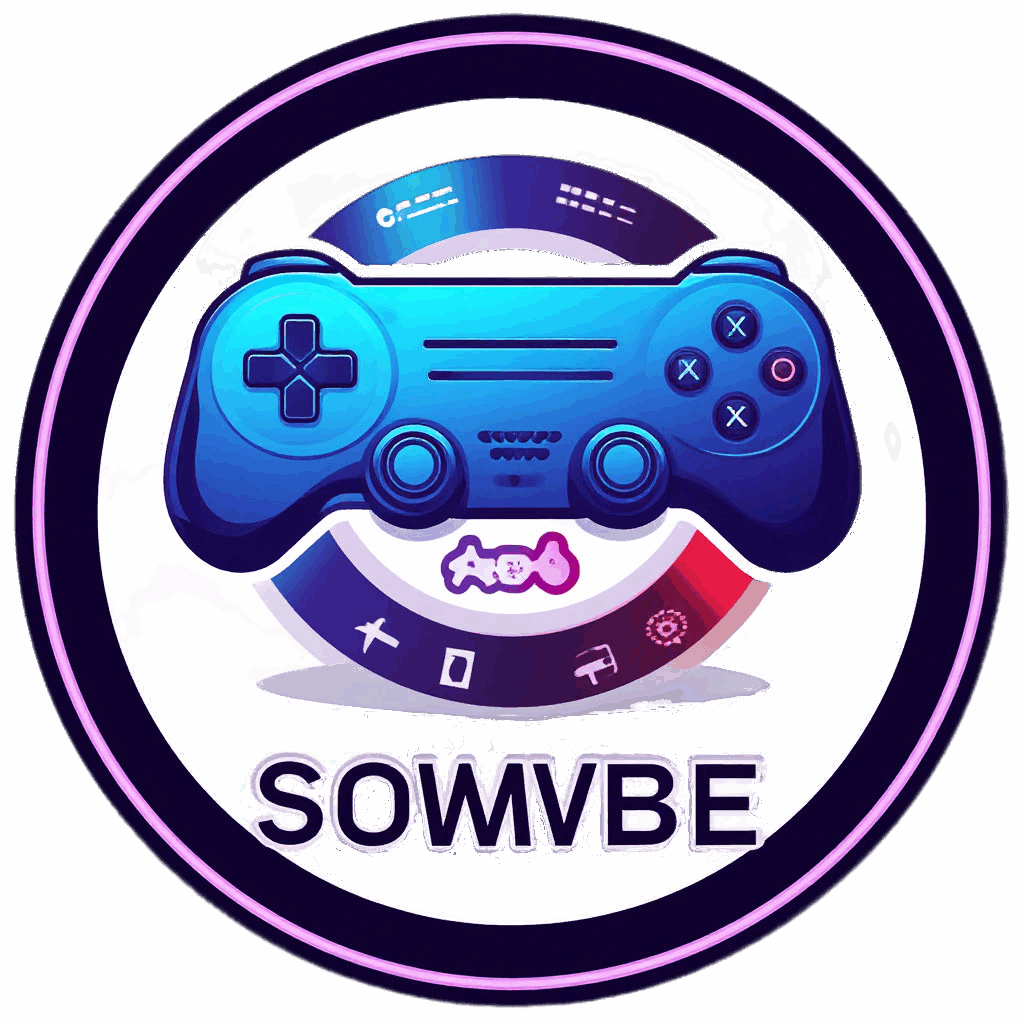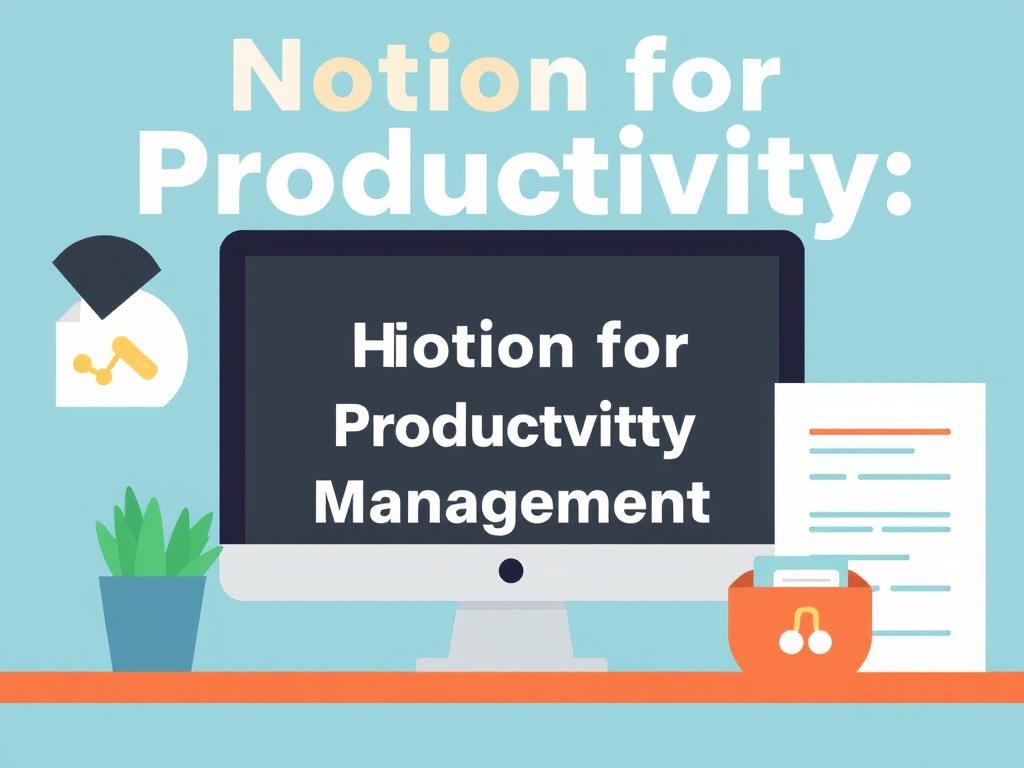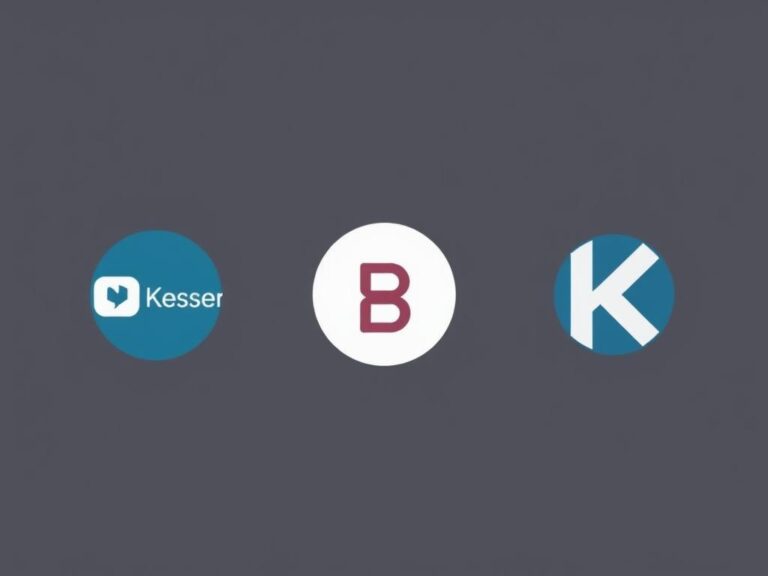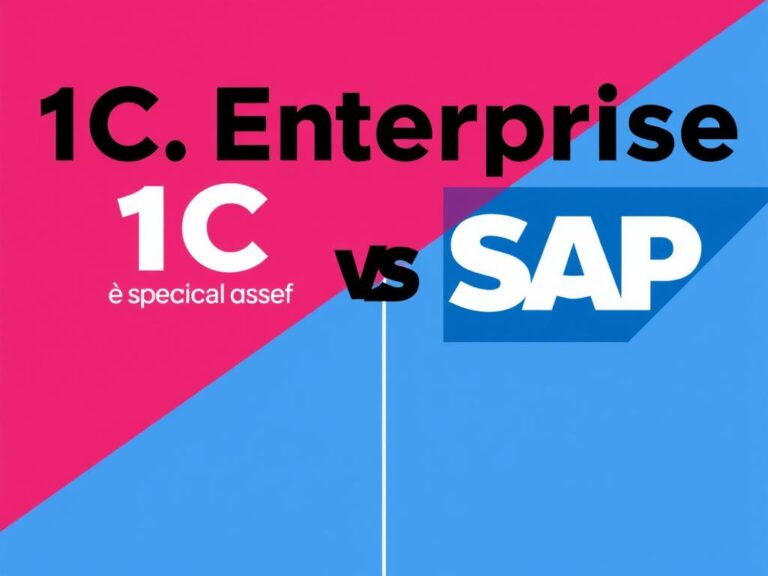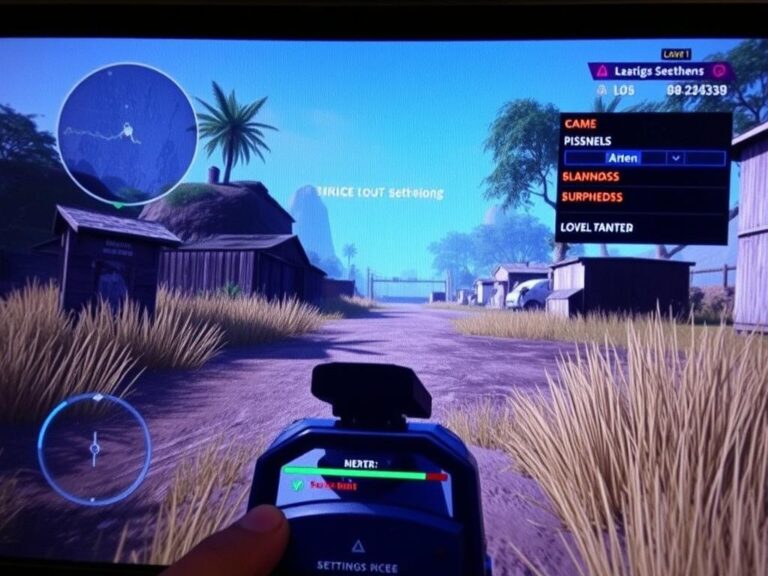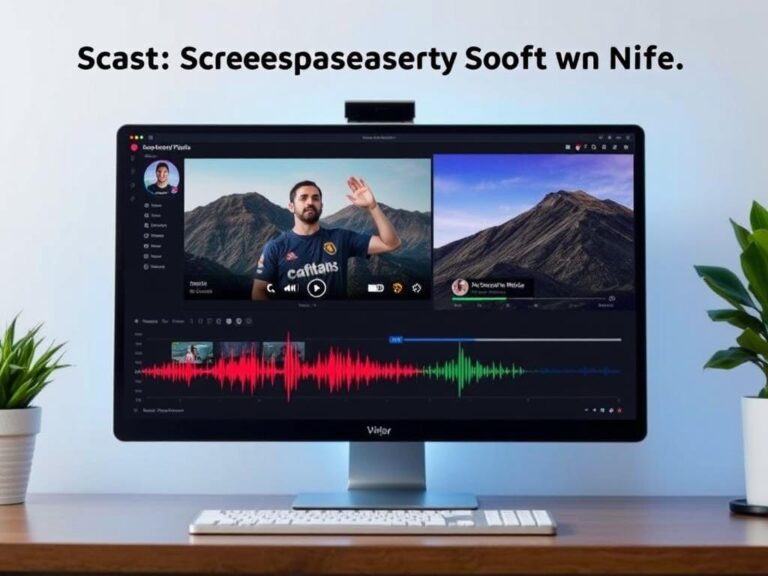Notion for Productivity: Task & Project Management Tips
In the fast-paced world we live in today, staying organized and managing tasks efficiently has become more essential than ever. Whether you’re a student juggling assignments, a professional handling multiple projects, or someone aiming to boost personal productivity, having the right tools can make a world of difference. Enter Notion—a versatile and powerful platform that has taken the productivity community by storm. Notion offers a unique blend of flexibility and structure, enabling you to tailor your workspace exactly how you want it.
This article will guide you through key task and project management tips using Notion for productivity, helping you crush your goals without the overwhelm. By the end, you’ll understand why Notion is becoming a go-to app for productivity enthusiasts, with real strategies to organize your life, work smarter, and keep track of everything effortlessly.
What Makes Notion Stand Out for Productivity?
Before diving into specific tips, it’s important to understand what sets Notion apart from other task management or project management tools. Notion isn’t just a to-do list or a project tracker. It’s an all-in-one workspace that combines databases, notes, calendars, wikis, and more, all in one place.
Unlike traditional apps that force you into a single style of working, Notion’s flexibility means you can build your own productivity system from scratch or choose from countless templates tailored to your needs. From plain text to complex relational databases, the possibilities are vast.
Here are some features that make Notion truly shine when it comes to managing tasks and projects:
- Customizable databases: Create tables, boards, calendars, and lists that suit your workflow.
- Integration of different content types: Embed videos, images, checklists, code snippets, and more.
- Collaboration capabilities: Share workspaces with your team, assign tasks, and comment.
- Templates galore: Pre-built systems save you time and help you start quickly.
- Sync across devices: Work from your phone, tablet, or computer seamlessly.
With this foundation, let’s explore actionable Notion task and project management tips to help you maximize your productivity.
Building a Task Management System in Notion
Creating an effective task management system in Notion starts with understanding your priorities and how you like to work. Whether you are a fan of the traditional to-do list, prefer visual boards like Kanban, or rely on calendar views to stay organized, Notion can handle it all.
1. Using Databases for Tasks
A common approach to task management in Notion involves creating a database. Databases in Notion are like powerful spreadsheets with extra features—you can filter, sort, and view data in multiple ways.
To set up your task database, you might want to include the following properties:
| Property | Description | Type |
|---|---|---|
| Task Name | The title or brief of the task | Text |
| Status | Current state, like To Do, In Progress, Done | Select |
| Priority | Low, Medium, High, or Urgent | Select |
| Due Date | Deadline for task completion | Date |
| Assigned To | Person responsible for the task | Person |
| Tags | Categories or contexts like Work, Personal, Urgent | Multi-select |
| Notes | Additional details or links | Text or page link |
Once this database is set up, you can create customized views to see tasks in ways that fit your style—for example, a Kanban board grouped by Status, calendar view based on Due Dates, or a simple filtered to-do list showing only tasks assigned to you.
2. Prioritize with Simple Filters and Sorting
One of the reasons many people struggle with productivity is not having a clear visual of what matters most. Notion’s filtering and sorting options let you highlight high-priority tasks or deadlines approaching soon. For instance, applying a filter like “Priority is High” and sorting by “Due Date ascending” gives you a prioritized list that’s easy to tackle.
3. Use Notion’s Reminders and Notifications
While Notion doesn’t have the same complex notification system as specialized apps, you can set reminders directly on tasks via the date property. This will alert you at specific times and keep you on track.
Project Management Tips with Notion
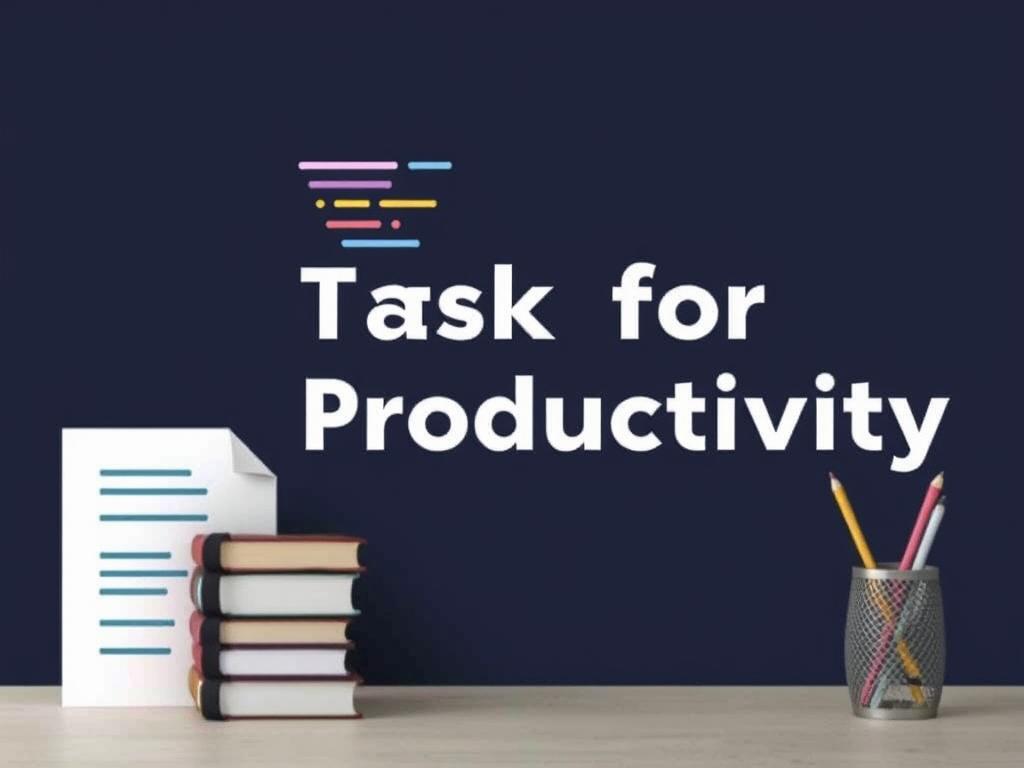
Managing a project involves many moving parts, and Notion’s versatility shines here as well. You can track everything from project milestones and resources to meeting notes and progress reports—all in one centralized system.
1. Create a Project Workspace Template
A great productivity tip is to build or use an existing project template in Notion. A project workspace can include:
- Project overview
- Goals and objectives
- Task database filtered for the specific project
- Timeline or Gantt chart
- Meeting notes
- Resources and links
This template can be duplicated and adapted with each new project, saving you time and maintaining a consistent project management flow.
2. Visualize Projects Using Boards and Timelines
Many people find visual representations help maintain clarity in complex projects. Notion’s boards and timeline views enable you to see the big picture and moving pieces of your projects.
A Kanban-style board can help you move tasks through stages like Planning, Development, Review, and Completion.
On the other hand, a timeline view helps with understanding the duration and overlap of tasks, giving you a sense of real project pacing.
3. Collaborate Effectively Within Notion
Collaboration is a crucial component of project management. Notion supports real-time collaboration, letting team members comment, tag others, and assign tasks seamlessly. You can restrict access levels and keep communication transparent. Using @mentions, you can bring specific people into conversations tied directly to relevant tasks or notes, reducing the need for endless emails.
Tips for Making Notion Work Smoothly in Your Workflow
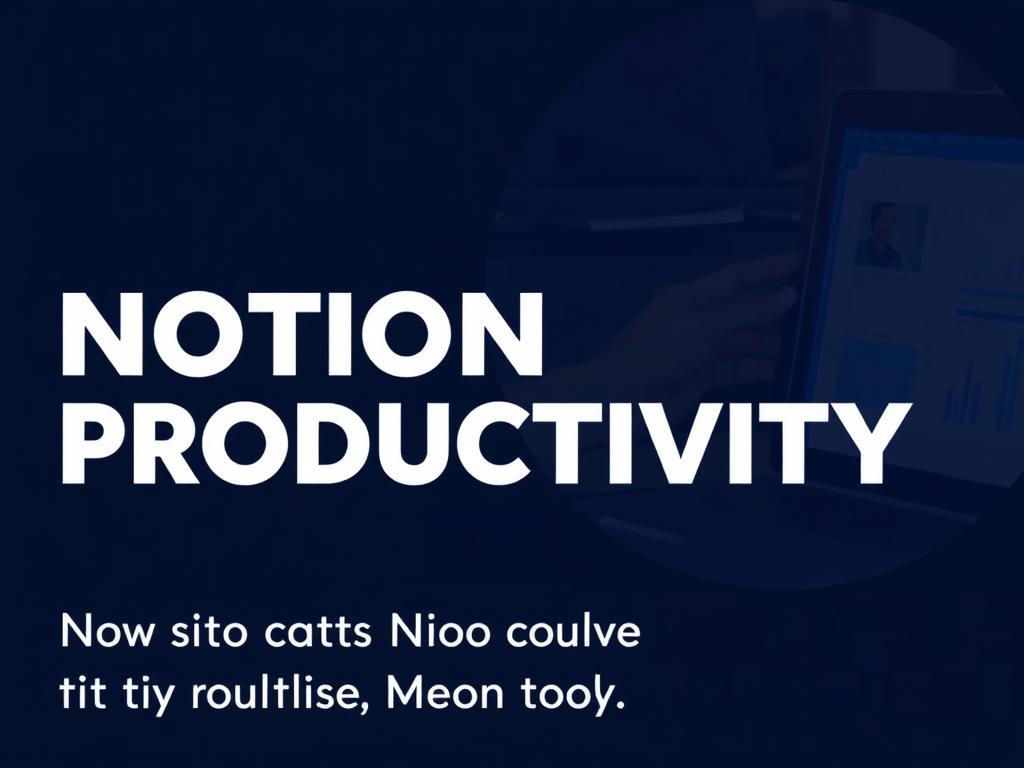
Even with a powerful tool like Notion, it’s necessary to align your setup with how you naturally work. These practical tips will help you stay consistent and productive:
1. Start Small and Scale Gradually
A common mistake is trying to build overly complex systems from the get-go. Begin with a simple task list or project board and refine it as you learn what works best for you. This approach reduces overwhelm and promotes steady adoption.
2. Use Templates to Save Time
Notion offers hundreds of free templates for task management, project planning, personal productivity, and more. Exploring and customizing these templates can greatly speed up your setup process.
3. Keep Your Workspace Organized
As your task and project databases grow, maintaining a clean structure is important. Use clear naming conventions, archiving for completed projects, and folders or boards to compartmentalize different areas of your life or work.
4. Automate Repetitive Actions
Integrations with tools like Zapier or Integromat can automate task creation and updates, linking Notion with your email, calendar, or chat apps. This cuts down on manual entry and reduces the risk of forgetting important chores.
5. Regularly Review and Adjust
Great productivity systems are dynamic. Set a weekly or monthly review in Notion to assess your tasks, projects, and priorities. Adjust your workflows as needed to stay aligned with your goals.
Popular Notion Templates for Task and Project Management
Templates can be a huge productivity booster. Here’s a list of some popular Notion templates specifically designed for task and project management:
| Template Name | Description | Best For |
|---|---|---|
| Personal Task Manager | Simple to-do list with priority levels and deadlines | Individuals managing daily tasks |
| Team Project Tracker | Collaborative workspace with a Kanban board and shared calendar | Small to medium teams |
| GTD (Getting Things Done) System | Comprehensive workflow for capturing, clarifying, organizing, and reviewing tasks | Advanced productivity users |
| Product Roadmap | Timeline view to track product development and deadlines | Product managers and developers |
| Content Calendar | Schedule and manage content publishing dates visually | Marketers and content creators |
How to Overcome Common Challenges When Using Notion for Productivity
While Notion is powerful, new users sometimes face challenges that can affect productivity. Here’s how to handle some common issues:
1. Feeling Overwhelmed by Too Many Features
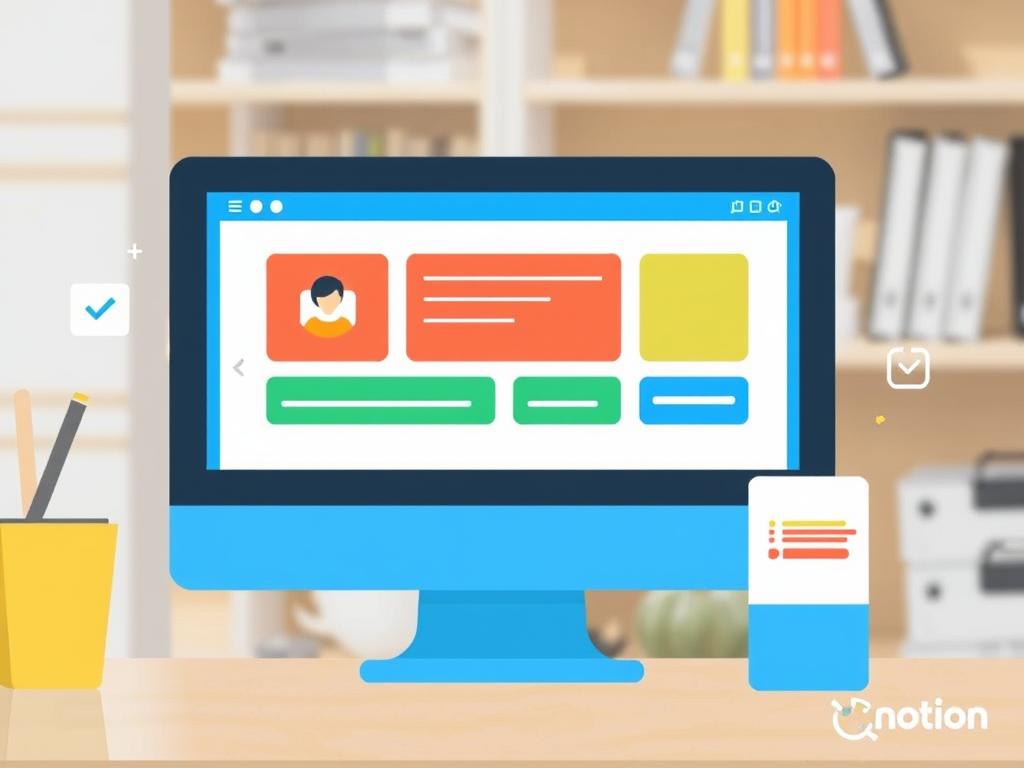
It’s easy to get lost in Notion’s possibilities, which may lead to “shiny object syndrome.” The solution is to focus only on features that serve your immediate productivity needs and gradually explore more.
2. Managing Information Overload
With so much capacity for data entry, your workspace could become cluttered. Clean up regularly—archive old tasks, merge duplicates, and use filters to display only what’s relevant.
3. Sync and Access Delays
Some users report minor syncing lags, especially with large databases. Keep your workspace lean where possible and ensure you have a stable internet connection.
Integrating Notion with Other Productivity Tools
To maximize productivity, many users blend Notion with other apps they rely on. Here are a few popular integrations and how you can use them:
- Google Calendar: Embed your calendar inside Notion or use automation to sync tasks and events.
- Slack: Use Slack-Notion integration to create tasks from messages or get notifications on task updates.
- Todoist: Import tasks into Notion or export completed items for better tracking.
- Zapier/Integromat: Automate task creation, status updates, and more, connecting Notion to hundreds of apps.
By linking Notion with tools you already use daily, you create a seamless productivity ecosystem, reducing duplicated effort and missed information.
Advanced Notion Features to Boost Productivity
If you’ve mastered the basics, there are advanced features that can take your task and project management system to the next level:
1. Relational Databases
Relational databases let you connect different tables. For example, you can link a task database to a project database, enabling you to see all tasks linked to a particular project automatically. This approach reduces redundant data entry and increases clarity.
2. Formula Properties
Similar to Excel formulas, Notion’s formula properties help automate calculations such as progress percentages, due date reminders, or priority weighting.
3. Linked Databases
Linked databases allow you to create different views of the same data in multiple places. This is great for displaying project-specific tasks on a project page without duplicating the tasks themselves.
4. Embedding and Multimedia
Notion supports embedding documents, videos, and more directly inside pages. This can be helpful for attaching reference materials to projects, minimizing the need to switch apps.
Final Thoughts
Harnessing Notion for productivity and mastering task and project management is a journey of customization and continual improvement. The flexibility of Notion means you can tailor your workspace exactly to your needs, helping you gain clarity, prioritize what matters most, and stay productive without feeling overwhelmed. Start small with a task database, explore visual boards, take advantage of templates, and gradually incorporate advanced features and integrations to build a productivity powerhouse. By following these tips, Notion can become not just a tool, but your ultimate productivity companion.
